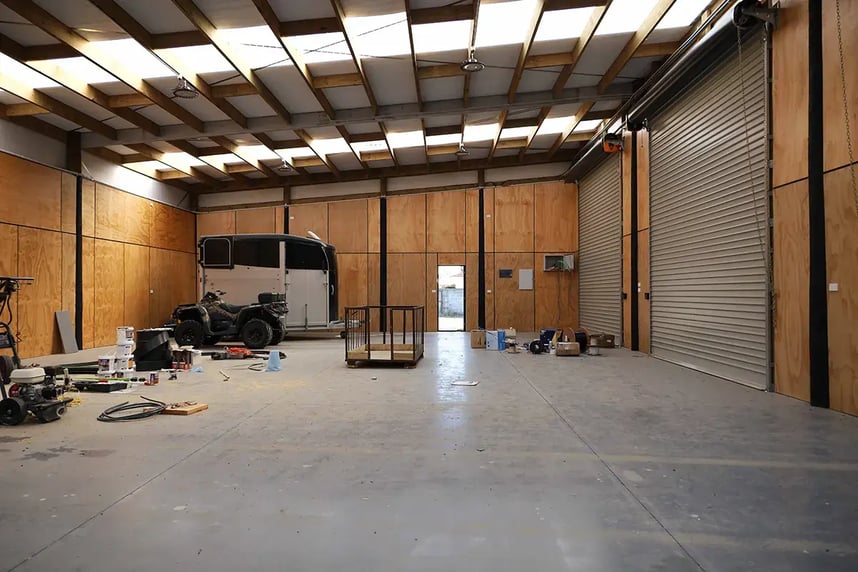When choosing between a steel shed and a timber shed for your storage needs, there are many factors to consider. Among these factors, condensation and dripping issues often stand out as significant ...
September 11th, 2024
2 min read
By Brad Person
.png?width=1200&name=Untitled%20design%20(33).png)
.png?width=858&height=599&name=Untitled%20design%20(33).png)





